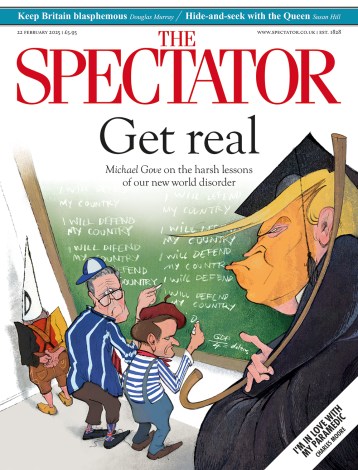Crime is a species of performance art. Acts of murder, theft or fraud assume the collusive presence of an audience formed from that law-abiding majority for whom felony on a grand scale holds an inextinguishable glamour. Even a simple mugging possesses elements of street theatre, as if some sort of scenario had been worked out between the robber and his victim before the offence took place. However much we proclaim our hatred of the sinner, his sinfulness nourishes our less respectable dreams and fantasies. Thus the agents of havoc are easily metamorphosed into folk heroes, loved, envied and applauded even at the foot of the gallows.
Highwaymen were archetypal avatars of the criminal as popular entertainer. If during their heyday, in the 100-odd years between the Restoration and the accession of George III, they enjoyed undue levels of popular sympathy, this owed something to an awareness of their social origins as spoiled gentry or tradesmen corrupted by expensive tastes.

Get Britain's best politics newsletters
Register to get The Spectator's insight and opinion straight to your inbox. You can then read two free articles each week.
Already a subscriber? Log in





Comments
Join the debate for just $5 for 3 months
Be part of the conversation with other Spectator readers by getting your first three months for $5.
UNLOCK ACCESS Just $5 for 3 monthsAlready a subscriber? Log in